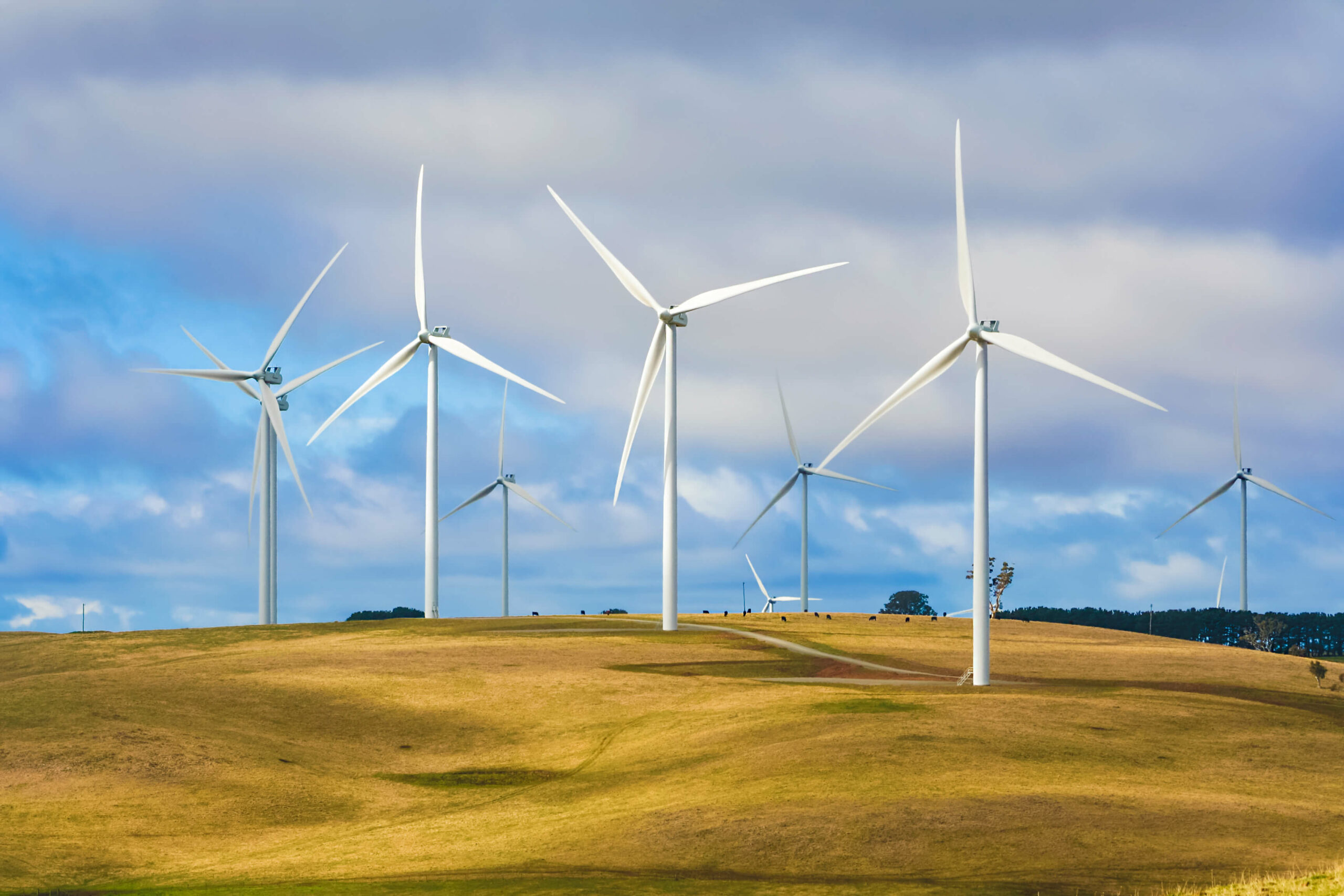Wind Turbine Technology and Aerodynamics
Overall Course Objectives
To give a general introduction to the aerodynamics and elastic behaviour of a modern wind turbine. Further, the placement of wind turbines is addressed. Also, the elastic blade response with the aerodynamic loads is addressed.
In addition, students will learn basics of Electrical Power Engineering including circuit theory, introduction to relevant components (generators, transformers, cables…) and wind electric energy system. Economical as well as political issues related to wind energy will be introduced.
Learning Objectives
- Define airfoil data
- Compute induced velocities
- Develop a computer code to calculate aerodynamic loads
- Calculate internal loads and the static deformation of a loaded wind turbine blade
- Compute the eigenmodes and associated eigenfrequencies for a wind turbine blade
- Draw velocity triangle incl. induced velocities
- Determine annual energy production for a wind turbine
- Understand and be able to solve electric DC and AC circuits using Ohm’s and Kirchhoff’s laws
- Understand and be able to quantify the relevant component’s operation with equivalent circuits
- Understand and be able to quantify the components interaction as a part of the system in modern wind energy
- Calculate active and reactive power in AC circuits
- Calculate loads and energy production for a vertical axis wind turbine
Course Content
Placement: wind atlas, influence of the terrain and annual wind distribution.
Aerodynamics: two-dimensional aerodynamics and three-dimensional effects. Use of Blade Element Momentum theory to determine the energy production for a rotor with a given twist and chord distribution. Control of a wind turbine (stall-, pitch-, and variable speed control). Structure: Static deflections and natural vibrations for wind turbine blades.
Electrical wind energy system topics:
-Ohm’s and Kirchhoff’s laws, calculation of simple resistive circuits
-Coils and capacitors
-AC voltages and currents, phasors, complex calculation
-Concepts of active and reactive power
-AC circuits
-Three phase power system
-High level component introduction to models and operation: transformers, generators cables, converters
Recommended prerequisites
Basic fluid mechanics. Programming skills required (Matlab, Python or similar)
Teaching Method
Lectures




